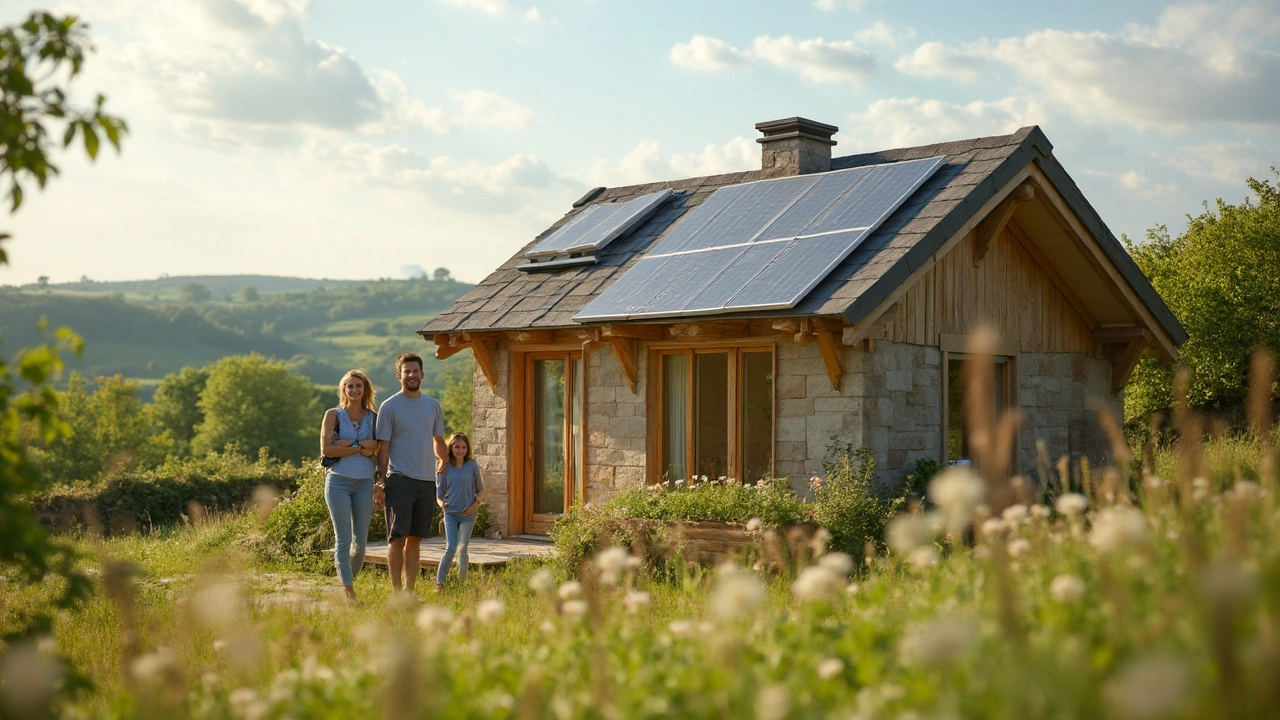
Least Expensive House Style: Find Budget‑Friendly Home Options
Looking for a place to live that won’t break the bank? You’re not alone. Many people want a solid roof over their head without spending a fortune. That’s why we’ve pulled together the most affordable house styles and simple tricks to keep costs low.
Top Low‑Cost Home Styles
Tiny homes are tiny for a reason – they use less material and need less land. A 200‑square‑foot cabin can cost as little as $30,000 if you go DIY. They’re perfect for first‑time owners or anyone who likes a simple lifestyle.
Modular and prefab houses come built in a factory and are assembled on site. Because the work happens in a controlled environment, waste drops and prices stay steady. A basic three‑bedroom modular home often lands around $80‑$100 per square foot.
Shipping container homes repurpose sturdy steel boxes that already exist. You avoid the price of raw lumber and get a built‑in frame. With a little insulation, a container can become a cozy studio for $25,000‑$40,000.
Earthbag or cob houses use locally sourced soil, sand, and a few bags of gravel. The materials are cheap, and the walls are naturally insulating. Builders who roll up their sleeves can finish a small home for under $20,000.
Traditional timber frames built by local carpenters can also stay budget‑friendly if you keep the design simple—think rectangular shape, gable roof, and minimal interior walls. A plain timber house may run $70‑$90 per square foot.
How to Choose the Right Budget Build
First, set a clear budget. Include land, permits, utilities, and a safety cushion for unexpected costs. Most cheap builds stay under $100,000 total, but you need to know your ceiling before you start looking at plans.
Second, think about location. Some styles, like earthbags, work best in warm, dry climates. Shipping containers need good insulation if you’re in a cold area. Pick a style that matches the local weather to avoid extra heating or cooling costs.
Third, consider your skill level. DIY tiny homes and earthbag houses are doable for a motivated homeowner, while modular or container homes often need a professional crew for the final assembly.
Fourth, look at long‑term costs. A cheap house is great, but high energy bills or costly repairs can erase the savings. Choose materials with good durability and plan for proper insulation to keep running costs low.
Finally, check local regulations. Some towns have minimum size rules that could block a tiny home or container house. A quick chat with the building office can save you months of paperwork.
Bottom line: you have several cheap house styles to pick from, each with its own strengths. Match the style to your budget, climate, and skill set, and you’ll land a home that feels right without draining your wallet.
